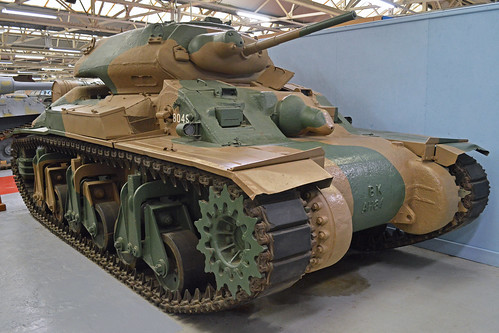Collapse fears grow over hospitals, courts and prisons built with Raac
RAAC #RAAC

Public buildings, including hospitals and courts, built with Raac could be at risk of collapsing, as ITV News Science Correspondent Martin Stew reports
Fears are growing over the number of potentially unsafe public buildings, following the closure of over 100 schools in England that were built with a type weak concrete.
Thousands of children will not be returning to classrooms this week, as more than 104 schools and colleges were told to partially or fully close buildings due to the presence of reinforced autoclaved aerated concrete (Raac).
The aerated concrete responsible for the safety scare was also used in the construction of many public buildings during the 1960s and 1980s.
This has raised concerns about the state of many hospitals, courts and prisons across the country and reviews of police stations, prisons and military buildings are currently underway.
‘An issue like this really cuts deep in people’s day to day lives’ – Shehab Khan explains the scale of this two-fold issue
Civil Engineer at Loughborough University, Professor Chris Goodier, said: “I don’t think it is easy to understand the scale.
“Think about public buildings, justice, police stations, fire, stations and the variety of building types all over the country.”
ITV News investigated the issues caused by Raac in hospitals in February.
Around 80% of one of the hospitals in our report, The Queen Elizabeth Hospital in King’s Lynn, Norfolk, was constructed using concrete panels made of Raac, according to data obtained by ITV News in an FOI request.
One hospital boss described it as “a ticking timebomb”.
ITV News Investigations Correspondent Dan Hewitt reports on the shocking structural failures at NHS hospitals across the country
The Queen Elizabeth, which opened in 1980, reportedly had to close operating theatres because of concerns the ceiling could collapse.
One patient said it felt as if they “were lying under a death trap” while staying there.
There are seven hospitals containing Raac which are to be rebuilt, but engineers say they are safe to stay open while work is underway.
Last year, hospital trusts flagged 34 buildings which have the material in their makeup.
What is Raac?
Reinforced Autoclaved Aerated Concrete (Raac) is a lightweight and cheaper form of concrete that was used in construction between the 1960s and 1980s.
The way that Raac is created makes it weaker than the normal building material.
There is no coarse aggregate – such as gravel and crushed stones – in Raac, which is what gives concrete its strength.
Instead, fine aggregate – such as sand and stone particles – is combined with chemicals to create gas bubbles, and heat to cure the compound.
This makes it relatively weak.
In some construction, Raac is used as planks, which are long slim blocks of the material.
Raac has a life expectancy of 30 years and once that timeframe has passed, it is more likely to collapse.
Want a quick and expert briefing on the biggest news stories? Listen to our latest podcasts to find out What You Need To Know.